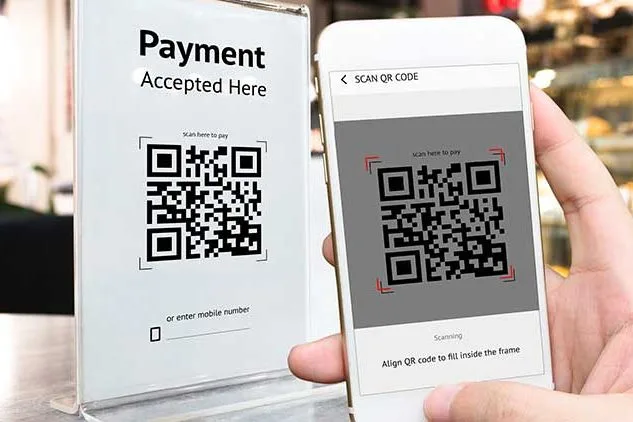QR codes, AR and Contactless Payments – Will They Last

Every year, new technology emerges – bringing with it innovative solutions to longstanding problems and creative ideas for the customer experience. But the same questions always remain: What are the best use cases for these new technologies? And more importantly, will they last?
In this post, we’ll take a look at three technologies shaking up the retail industry in 2021 and give our predictions for their future.
QR Codes
Even if you aren’t familiar with the term “QR code,” you’d likely recognize one if you saw it. The black and white pixelated box functions as a image that smartphone users can scan to navigate to (or through) a particular website or app. In fact, they’re used by all sorts of businesses to offer additional product information, provide event details, share menus, and even deliver sales codes and coupons.
However, one of the most impressive, and relatively new, ideas that have taken shape with the help of QR codes is contactless pay options at brick-and-mortar locations. Rather than swiping cards or using the chip reader and number pad to pay for their products, customers can simply scan a QR code on the POS screen and pay directly from their phone. The systems link in real-time, which enables the business and customer to complete the transaction on the spot.
The Outlook
Given that many customers are deeply concerned about their health and safety, the likelihood that QR codes stick around for the foreseeable future is high. However, as new contactless options emerge and grow in popularity, this older technology will likely be phased out sometime in the next few years.
Augmented Reality
On the cutting edge of visual technology, augmented reality allows you to enhance your physical environment by overlaying virtual elements onto it. You can display words, drop objects, and listen to audio that otherwise wouldn’t exist – all by looking through your phone.
This has been a gamechanger for many businesses during the pandemic, as it’s made it easier for customers to gauge product sizing, color, and material in an online shopping experience. For example, IKEA recently launched an app that allows users to confidently visualize the aesthetic and sizing of furniture products in their homes before ordering them. Nike, likewise, now offers an app that can determine your shoe size simply by reviewing an aerial picture of your feet.
The Outlook
Since augmented reality allows customers to interact with products in much the same way they might when visiting a store in person, this technology will likely be the key to successfully transitioning brick-and-mortar retail stores over to a stronger eCommerce model. The trick now is to keep up as the technology evolves and refines.
Contactless Payments
Not surprisingly, contactless payment technology is exactly what it sounds like. It allows customers to pay for products and services without physically coming into contact with a store employee or POS system.
And with the COVID-19 pandemic, contactless payment solutions have exploded in popularity. Businesses and consumers alike are making the shift to online payments, mobile phone payments (like Apple Pay, PayPal and Venmo), QR codes, and tap-to-pay options that minimize contact with other people and streamline the checkout process.
The Outlook
While this may seem like a trendy technology that will come and go with the pandemic, there is a significant chance for longevity here. Customer experience is the new business battleground. And as customers are on the lookout for greater convenience, contactless pay options may quickly become the baseline expectation for customer service.
Per the usual, technologies are emerging and evolving this year. That means retail and eCommerce businesses need to keep a close eye on trends and customer expectations. Given the current state of the world and the potential for QR codes, augmented reality, and contactless payments to be honed or used in new ways over the next year, these are technologies you’ll want to watch.
